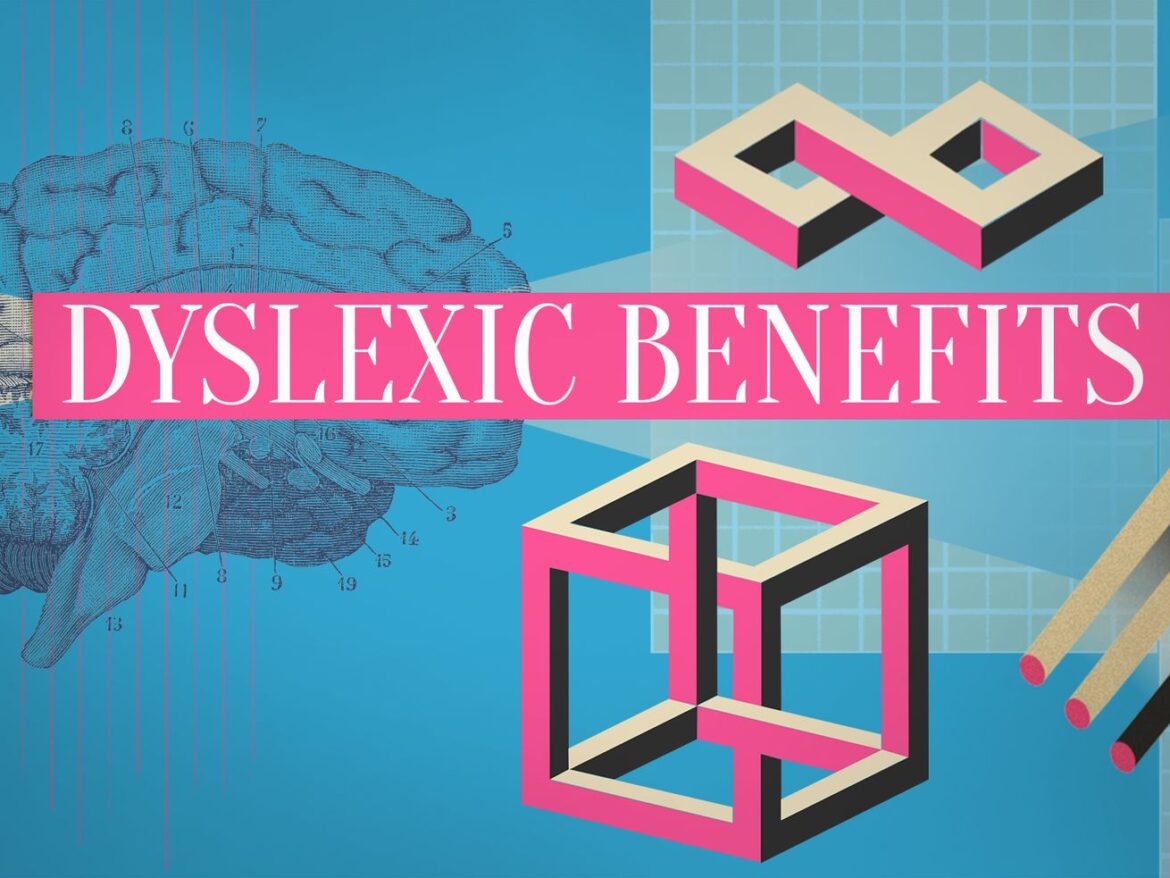Dyslexia is a differently organized brain.
The brain isn’t naturally wired to read. It’s a task that requires explicit instruction for our brains to activate different areas, including those that control vision, sound, and meaning. For fluent readers, the result is a complicated reading circuit — connected by neural pathways of white matter — to allow us to process words within milliseconds. But this reading circuit looks different for people with dyslexia.
For decades, the research was largely focused on how this different brain organization often resulted in delays and difficulty in areas like reading, spelling, and grammar. And today, there continues to be stigma and misconceptions around a dyslexia diagnosis.
But the challenges of dyslexia often overshadow another part of the picture. Research has repeatedly shown dyslexia is also associated with specific cognitive strengths. These include visual-spatial processing, narrative memory, problem-solving, and reasoning. While there is still a lot to learn about these advantages and how they work, in this video we unpack what we know about dyslexia, and what many studies have concluded about these strengths.
This perspective could be critical — not just for the roughly 20 percent of people who have dyslexia — but for the colleagues, peers, and educators who can better empower dyslexic thinking and better understand neurodiversity.
You can find this video and the entire library of Vox’s videos on YouTube.



